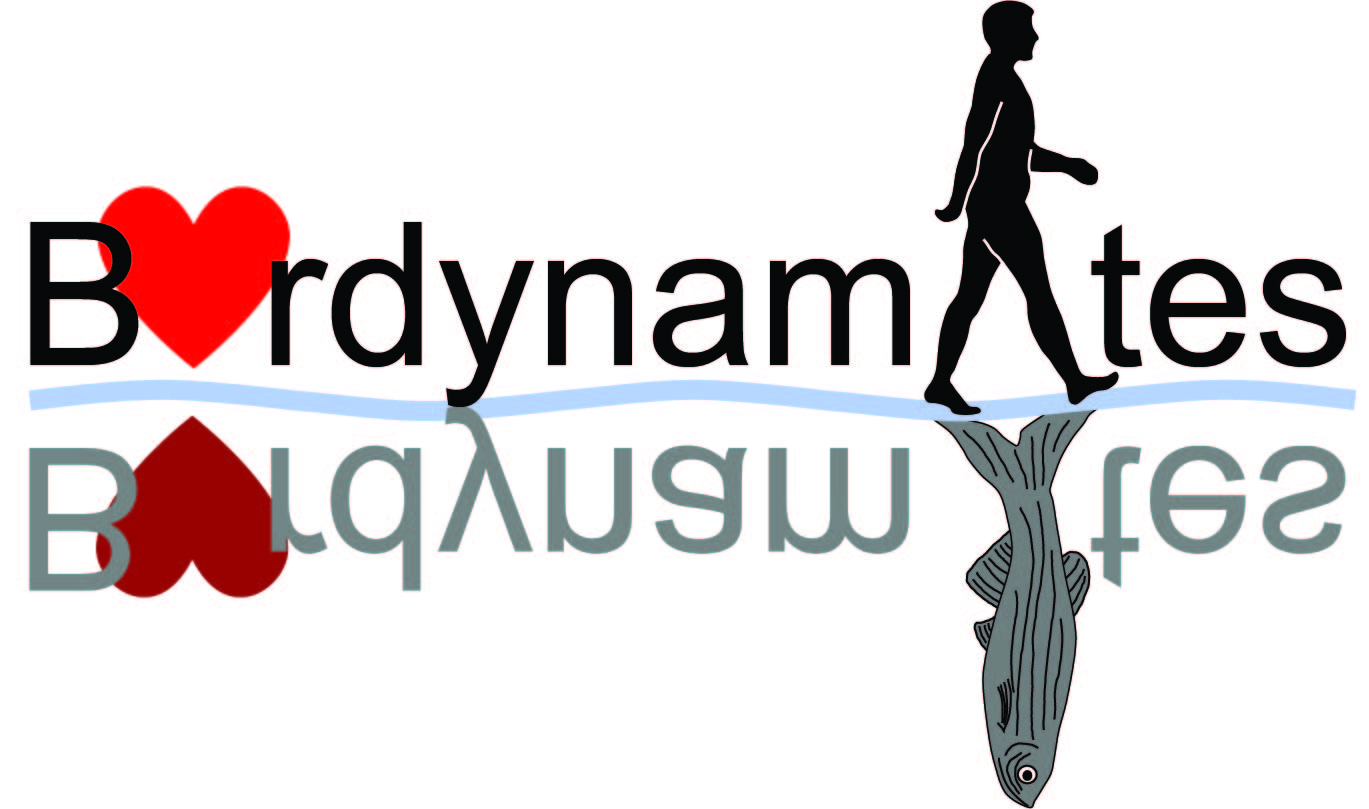Modeling Syndromic Congenital Heart Defects in Zebrafish.
Publication Year
2017
Type
Journal Article
Abstract
Cardiac development is a dynamic process regulated by spatial and temporal cues that are integrated to effect molecular, cellular, and tissue-level events that form the adult heart. Disruption of these highly orchestrated events can be devastating for cardiac form and function. Aberrations in heart development result in congenital heart defects (CHDs), which affect 1 in 100 infants in the United States each year. Zebrafish have proven informative as a model organism to understand both heart development and the mechanisms associated with CHDs due to the similarities in heart morphogenesis among vertebrates, as well as their genetic tractability and amenability to live imaging. In this review, we discuss the mechanisms of zebrafish heart development and the utility of zebrafish for understanding syndromic CHDs, those cardiac abnormalities that occur in the context of multisystem disorders. We conclude with avenues of zebrafish research that will potentially inform future therapeutic approaches for the treatment of CHDs.
Keywords
Journal
Curr Top Dev Biol
Volume
124
Pages
1-40
ISSN Number
1557-8933
Alternate Journal
Curr. Top. Dev. Biol.
PMID
28335857

